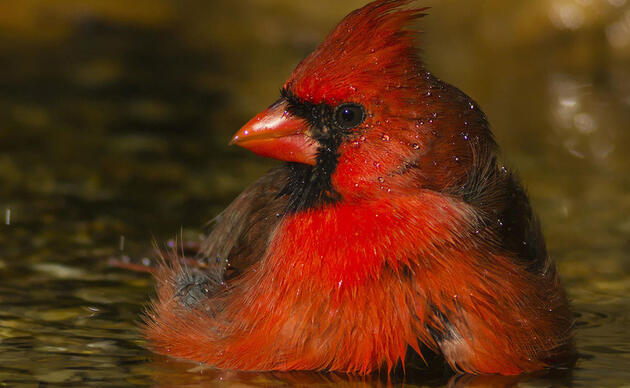Seagrass Restoration Projects
Lignumvitae Key Seagrass Restoration
LANDOWNER: Lignumvitae Key State Submerged Lands (FDEP)
TYPE(S) OF RESTORATION: seagrass. Consists of filling prop scars and blowholes, planting and bird staking as necessary.
There are 10,000 acres of submerged lands adjacent to the Lignumvitae Key State Botanical Site. Much of this area consists of shallow seagrass flats. Navigation channels are winding and boat groundings are frequent. FDEP staff assesses and prioritizes restoration work in this area.
FUNDING PARTNERS: U.S. Army Corps of Engineers, Florida Department of Environmental Protection
Egret Island Restoration
LANDOWNER: John Pennekamp State Park (FDEP)
TYPE(S) OF RESTORATION: Invasive exotic removal, hammock dome restoration, tidal wetland fill removal, mangrove, and seagrass.
As the Winston Waterways Subdivision in Key Largo was being created, the developer installed a bridge across a shallow seagrass flat and filled wetlands to create Egret Island; however, it was never developed and eventually came into Park ownership. This single project allowed us to restore several types of native habitat and removed an invasive exotic seed source which helps to protect adjacent native hardwood hammock habitat.
FUNDING PARTNERS: U.S. Army Corps of Engineers, Florida Department of Environmental Protection, Florida Department of Transportation, Monroe County, FishAmerica Foundation, NOAA.
How you can help, right now
Donate to Audubon
Help secure the future for birds at risk from climate change, habitat loss and other threats. Your support will power our science, education, advocacy and on-the-ground conservation efforts.
Become a Monthly Donor
Donating monthly is flexible, easy and convenient and makes you a champion birds can count on, no matter the season.
Volunteers Needed
Florida's birds and wildlife need your time and energy. Learn how you can become a citizen scientist or a volunteer at one of our nature centers today.




